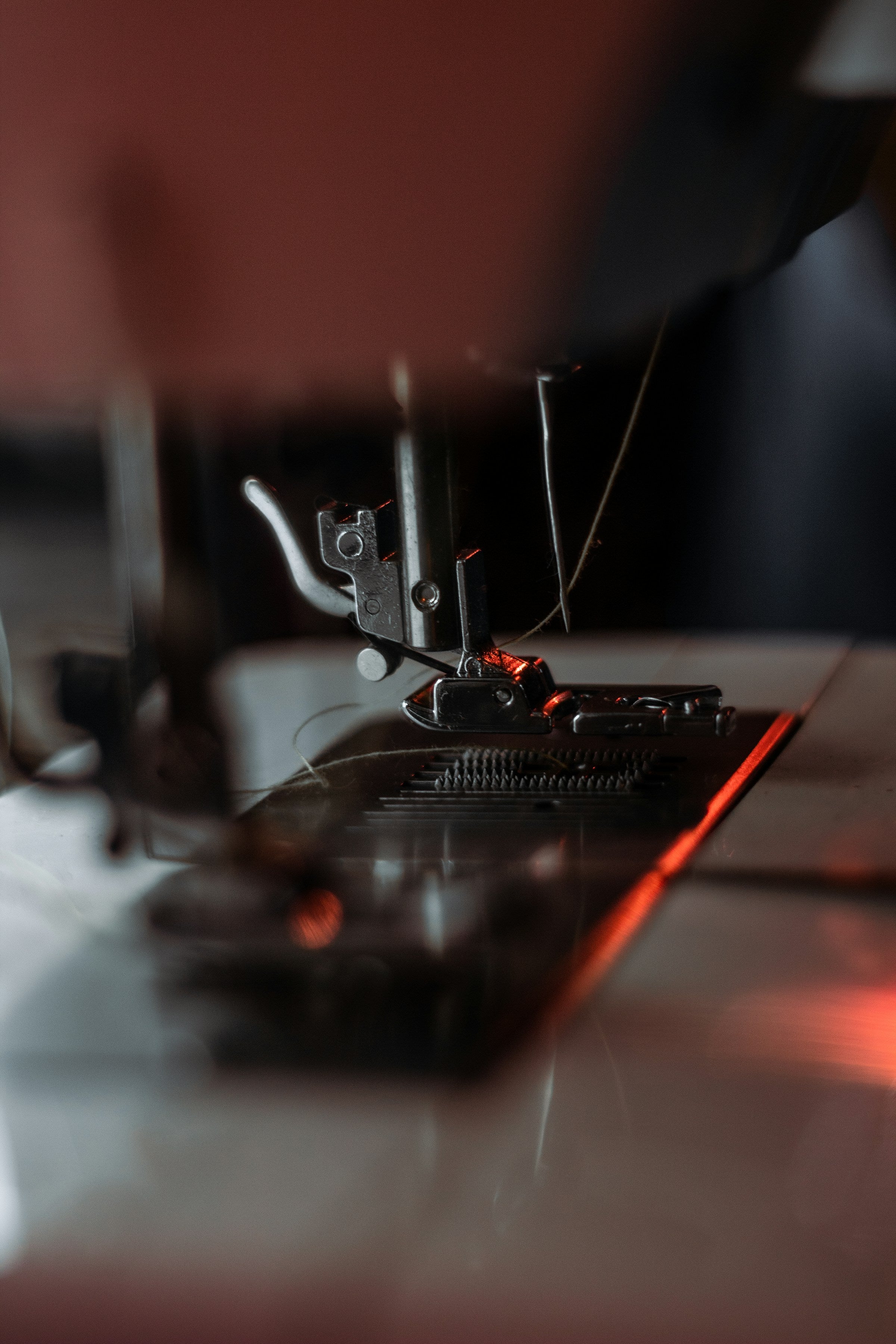Manufacturing done differently
Decentralized garment production redefines garment manufacturing by incorporating both community input and investor participation into the creation process. Our curated collections consist of 10 to 15 unique designs. Upon completion, our community members have the opportunity to vote on their favorite designs. Based on the votes, we manufacture the top 4 to 5 most popular garments, which are then available for purchase as physical products on our website.

Pre-selected manufacturing
This manufacturing model enables the creation of a pre-selected range of products. By allowing community members and investors to vote on their preferred garments, we focus production on the designs that generate the most interest. This approach inherently increases the likelihood of successful sales, as the garments have already garnered proven demand.

Reduction in overproduction
Our manufacturing model leverages voting data to optimize production quantities. During the selection phase, garments are produced based on the number of votes they receive. For example, if garment one receives 20 votes and garment two receives 50 votes, production will be adjusted to meet the demand. This ensures a higher volume of garment two is produced, while garment one is manufactured in smaller quantities, minimizing overproduction and aligning production with customer preference.

Community engagement
By cultivating an ecosystem where customers and investors actively engage with the Despoke community, we drive greater participation and foster innovation from a diverse range of individuals. This collaborative environment encourages long-term involvement, ultimately enhancing garment value and strengthening brand recognition.
a few facts
Overproduction
The fashion industry produces over 100 Billion garments annually. This leads to massive waste, resource depletion and an increase in pollution.
Unsold items
Approximately one third of the garments produced end up never being sold. This represents 34 Billion garments annually that end up in landfills.
Synthetic fibers
More than 60% of garments are made from synthetic fibers. These fibers are made from petrochemicals, requiring fossil fuels and microplastics.



